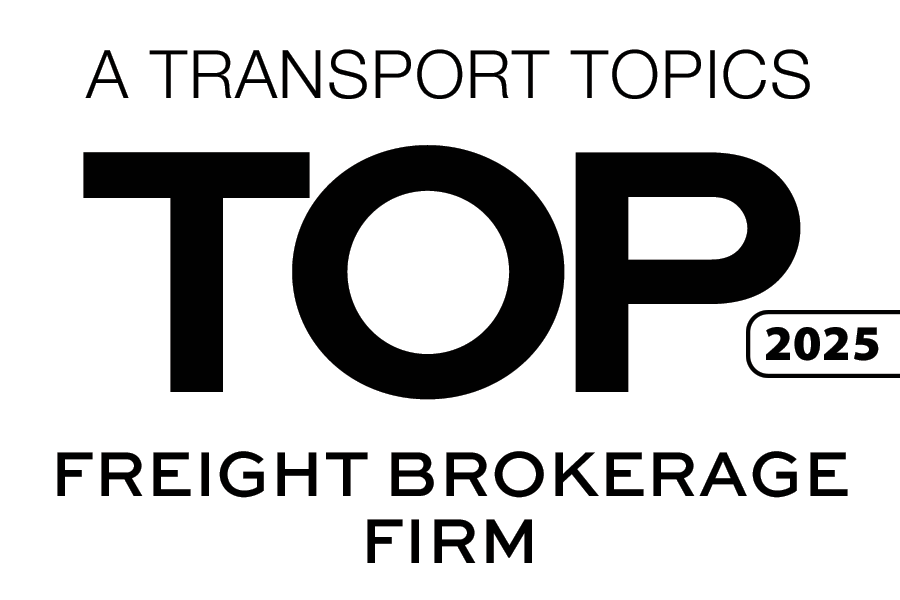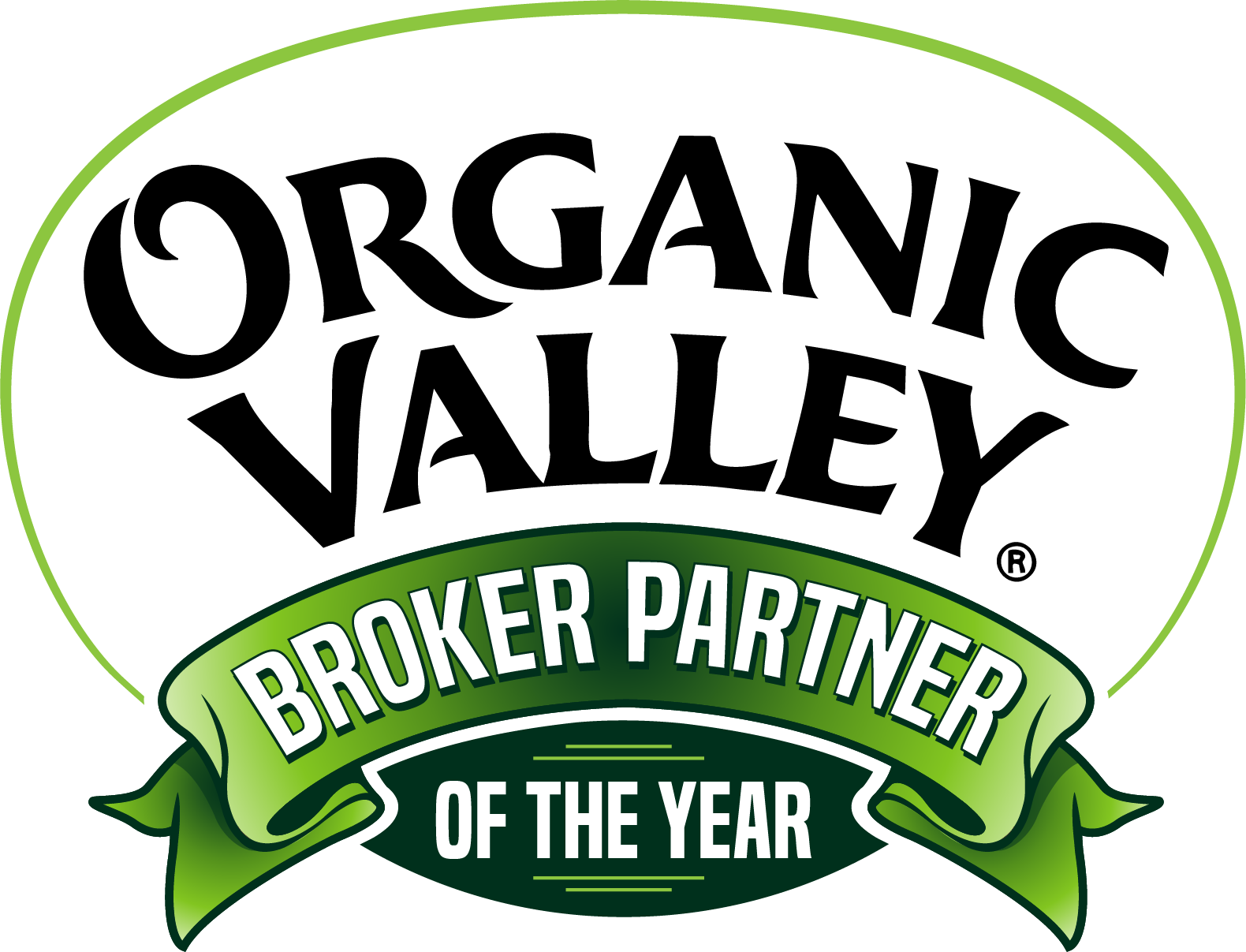Troubleshooting Temperature Challenges in Refrigerated Transport
August 13, 2024
 Ensuring that products arrive at their destination at the correct temperature is a critical concern for the freight industry, especially for those handling perishable goods. At Triple T Transport, John Mahle understands the complexities involved in maintaining precise temperature controls throughout the shipping process. His decades of experience in refrigerated transport have helped develop strategies to address these challenges proactively.
Ensuring that products arrive at their destination at the correct temperature is a critical concern for the freight industry, especially for those handling perishable goods. At Triple T Transport, John Mahle understands the complexities involved in maintaining precise temperature controls throughout the shipping process. His decades of experience in refrigerated transport have helped develop strategies to address these challenges proactively.
Temperature management in refrigerated transport, or reefer transport, is crucial for maintaining product integrity, particularly for temperature-sensitive items like food and pharmaceuticals. A small deviation from the required temperature range can result in significant product loss and serious financial implications.
Case Study: Understanding Temperature Variations
A recent shipment involved a product loaded at a temperature between 45-50°F. The initial few hours of transport showed an increase in return air temperature, indicating the product’s heat sink effect. Upon reaching the receiver, the trailer was docked for nearly three hours before unloading began, during which time the product’s temperature was questioned. The recorded temperature at the shipping dock was 38°F, and the product had been stored refrigerated for two weeks prior to loading.
Despite these precautions, the load was refused due to temperature discrepancies. This situation highlights the challenges of maintaining consistent temperatures, especially for products with varying densities. For example, liquid products warm up and cool down much faster than denser items with high fat content, such as some dairy products.
Factors Affecting Temperature Control
- Density of Products: Liquid products without fats warm up more quickly compared to thicker, denser items. This density difference impacts how temperature changes are managed within the trailer.
- Dock Temperatures: If a refrigerated dock is maintained at 40°F or below, it’s unlikely for the product to warm beyond that temperature unless exposed to external warmer air. Continuous monitoring and controlling dock temperatures are essential.
- Loading and Unloading Delays: Prolonged periods with trailer doors open or extended dock times can significantly affect internal temperatures. Ensuring swift loading and unloading processes can mitigate this risk.
- Refrigeration Unit Performance: Continuous operation of reefer units is vital. Units are designed to maintain temperature, not drastically reduce it, thus pre-cooling trailers and ensuring consistent unit performance throughout the journey is necessary.
How can you ensure that temperature is maintained properly during shipment of sensitive goods? Find strategies for success in the latest episode of the Stay In Your Lane Podcast.
Addressing Temperature Discrepancies
When discrepancies arise, it’s crucial to analyze the temperature data meticulously. In the case described above, a conflicting temperature readout suggested the product warmed during transit. To resolve such issues:
- Verify Temperature Recording Devices: Ensure the accuracy of temperature monitoring devices like temp tails and reefer unit downloads. Faulty equipment can lead to incorrect data and unnecessary refusals.
 Conduct Thorough Inspections: Regularly inspect trailers and refrigeration units to ensure they are functioning correctly. Include interior and exterior temperature checks of pallets to identify any heat sinks.
Conduct Thorough Inspections: Regularly inspect trailers and refrigeration units to ensure they are functioning correctly. Include interior and exterior temperature checks of pallets to identify any heat sinks.- Educate All Parties: Shippers, carriers, and receivers must understand how reefer units operate and the importance of maintaining temperature. This includes knowledge of how to handle temperature-sensitive products properly.
- Implement Robust Policies: Establish clear protocols for loading, unloading, and transit. Continuous temperature monitoring and swift action on deviations are crucial for maintaining product integrity.
At Triple T Transport, we are committed to delivering safe and timely delivery for products requiring temperature control. Through meticulous planning, regular equipment checks, and making sure all parties involved are educated to the cause of any issue, we aim to minimize temperature-related issues. Understanding and addressing the factors affecting temperature control ensures that products reach their destination in optimal condition, maintaining both quality and the high level of customer satisfaction our team is known for.














